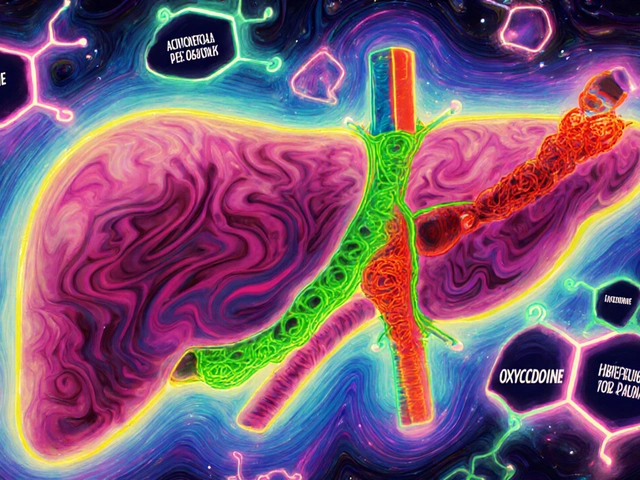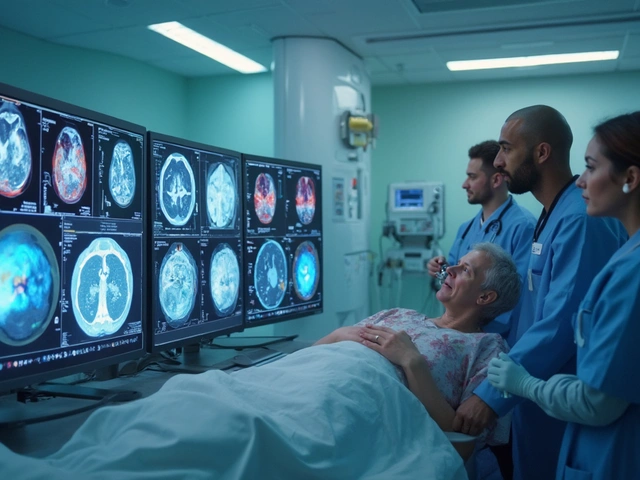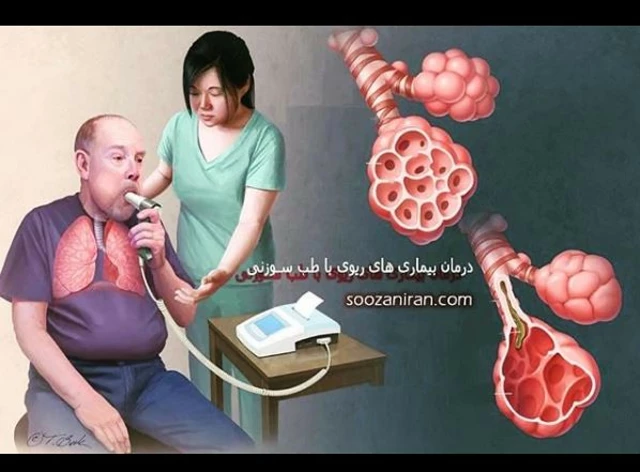Statin and Creatine Kinase: What You Need to Know About Muscle Damage Risk
When you take a statin, a class of cholesterol-lowering drugs used to reduce heart attack and stroke risk. Also known as HMG-CoA reductase inhibitors, they work by blocking a liver enzyme that makes cholesterol. But for some people, these pills come with a hidden cost: muscle damage. That’s where creatine kinase, an enzyme released into the blood when muscle tissue breaks down comes in. Elevated CK levels are one of the clearest signals your muscles are under stress from statin use.
Not everyone on statins has high CK, but if your levels spike—especially above 5 times the upper limit of normal—it’s a red flag. This isn’t just about soreness. It can mean rhabdomyolysis, a rare but serious condition where muscle fibers break down and flood your kidneys with toxic proteins. People over 65, those with kidney issues, or taking statins with other meds like fibrates are at higher risk. Genetic factors also play a role. Studies show people with a certain SLCO1B1 gene variant absorb statins differently, making them more prone to muscle side effects. That’s why some doctors now test for this gene before prescribing simvastatin or other high-risk statins.
What should you do if you feel unexplained muscle pain, weakness, or dark urine? Don’t ignore it. Talk to your doctor. A simple blood test can check your CK levels. If they’re high, switching to a different statin—like pravastatin or fluvastatin—often helps. Some people find they tolerate lower doses better. Others benefit from combining a low-dose statin with ezetimibe, which lowers cholesterol without the same muscle risk. It’s not about stopping the pill entirely; it’s about finding the right balance for your body.
You’ll find real stories and practical advice in the posts below. From how to spot early signs of muscle damage to what labs to ask for, these articles cut through the noise. You’ll also see how genetic testing, drug interactions, and even herbal supplements like St. John’s Wort can change how your body handles statins. This isn’t theory—it’s what real patients and doctors are dealing with every day. Let’s get you the facts you need to stay safe and in control.
Exercise and Statins: What You Need to Know About Muscle Pain and Recovery
Statins help prevent heart disease, but muscle pain can make exercise feel impossible. Learn how to stay active safely with statins, which types are safest, and what workouts to avoid.






